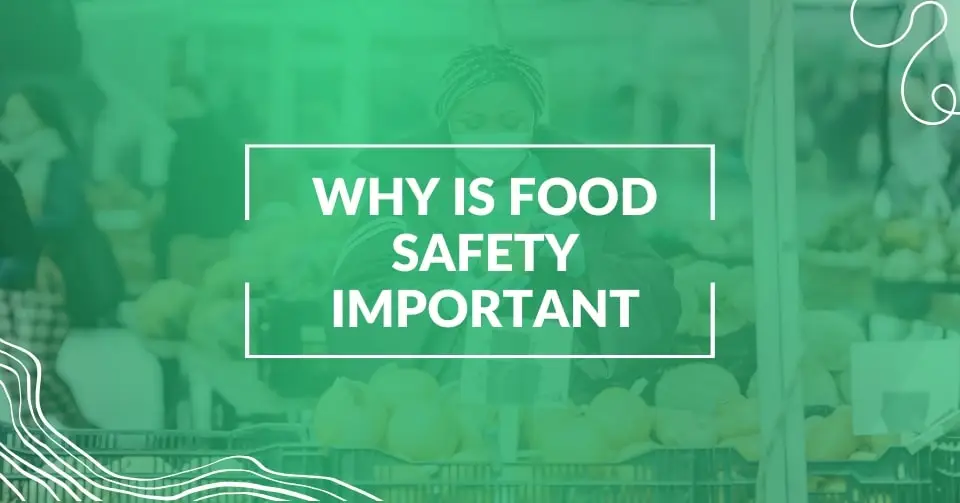Escherichia coli, or E. coli for short, is a diverse group of bacteria found in the environment, food, and the intestines of people and animals. While most strains of E. coli are harmless, some can cause illnesses, ranging from mild to severe. The dangerous strains produce toxins that can lead to symptoms such as diarrhea, abdominal pain, and, in some cases, more severe complications like kidney failure.
Therefore, it is paramount for food operations to understand the sources and implement effective E. coli prevention measures.
Join us as we explore in this article how food businesses can mitigate the risk of E. coli contamination.
Sources of E. coli in Food Operations
- Raw Materials: E. coli can often be present on the surface of raw meat, particularly ground beef. Food establishments must exercise extreme caution when handling and cooking meat to prevent cross-contamination. Raw fruits and vegetables can become contaminated with E. coli through contact with contaminated water, soil, or during the harvesting and processing stages.
- Cross-Contamination: Improper food handling practices can lead to the spread of E. coli. This includes using the same cutting boards or utensils for raw and ready-to-eat foods and not maintaining proper hand hygiene among food handlers.
- Water Sources: Contaminated water sources can contribute to an increased risk of E. coli presence at food operations.
- Personnel Hygiene: Improper personnel hygiene practices can lead to the spread of E. coli. People not washing their hands after using the restroom, lunch and breaks can lead to an increase potential of cross-contamination. In addition, people that do not report illness and remain in contact with the food can pose a risk for E. coli contamination of food contact surfaces and product.
Prevention and Control Measures
- Food Safety Training: Comprehensive training for all employees in food operations is essential. Ensure that staff understands the importance of food safety, including proper handwashing, hygiene practices, and avoiding cross-contamination.
- Temperature Control: Cook foods, especially meats, to the appropriate internal temperatures to kill any potential E. coli bacteria. Regularly check and maintain refrigeration units to keep perishable items safe.
- Sanitization Protocols: Implement strict cleaning and sanitization protocols for all food preparation and serving areas. Pay special attention to surfaces and equipment that come into contact with raw foods.
- Source Verification: Establish strong relationships with suppliers and verify the safety of the products you receive. Be vigilant about the quality of ingredients used in your food operations.
- HACCP Plans: Develop and implement Hazard Analysis and Critical Control Point (HACCP) plans specific to your food operations. This systematic approach identifies potential hazards and outlines preventive measures.
- Environmental Monitoring: Conduct routine testing for E. coli in food production environments. This proactive approach can help identify and address potential sources of contamination before they lead to outbreaks.
It’s crucial to remember that not all E. coli strains are harmful, and many are a natural part of the gut microbiome. However, in food operations, the focus must remain on preventing and controlling the pathogenic strains that can cause illnesses.
By prioritizing food safety, adopting rigorous prevention and control measures, and staying up-to-date with industry best practices, food operations can significantly reduce the risk of E. coli contamination and provide safer, healthier food to consumers.
FAQs
Small-scale operations can prioritize high-risk areas and ingredients for periodic testing, utilize affordable rapid testing kits, and participate in cooperative testing programs with local health departments or industry groups to share costs.
Advancements include biosensors for real-time detection of E. coli, UV and ozone treatments for disinfecting water and surfaces, and bacteriophage therapy as a natural, targeted approach to eliminate pathogenic E. coli strains without harming beneficial bacteria.
Probiotics, particularly those strains known to inhibit pathogenic bacteria, can be applied in food production environments to outcompete harmful pathogens like E. coli, potentially reducing contamination risks in a natural and safe manner.
Educating consumers about proper cooking temperatures, especially for meats, and the importance of kitchen hygiene can significantly reduce the risk of E. coli infection, underscoring the need for food operations to provide clear handling and cooking instructions.







